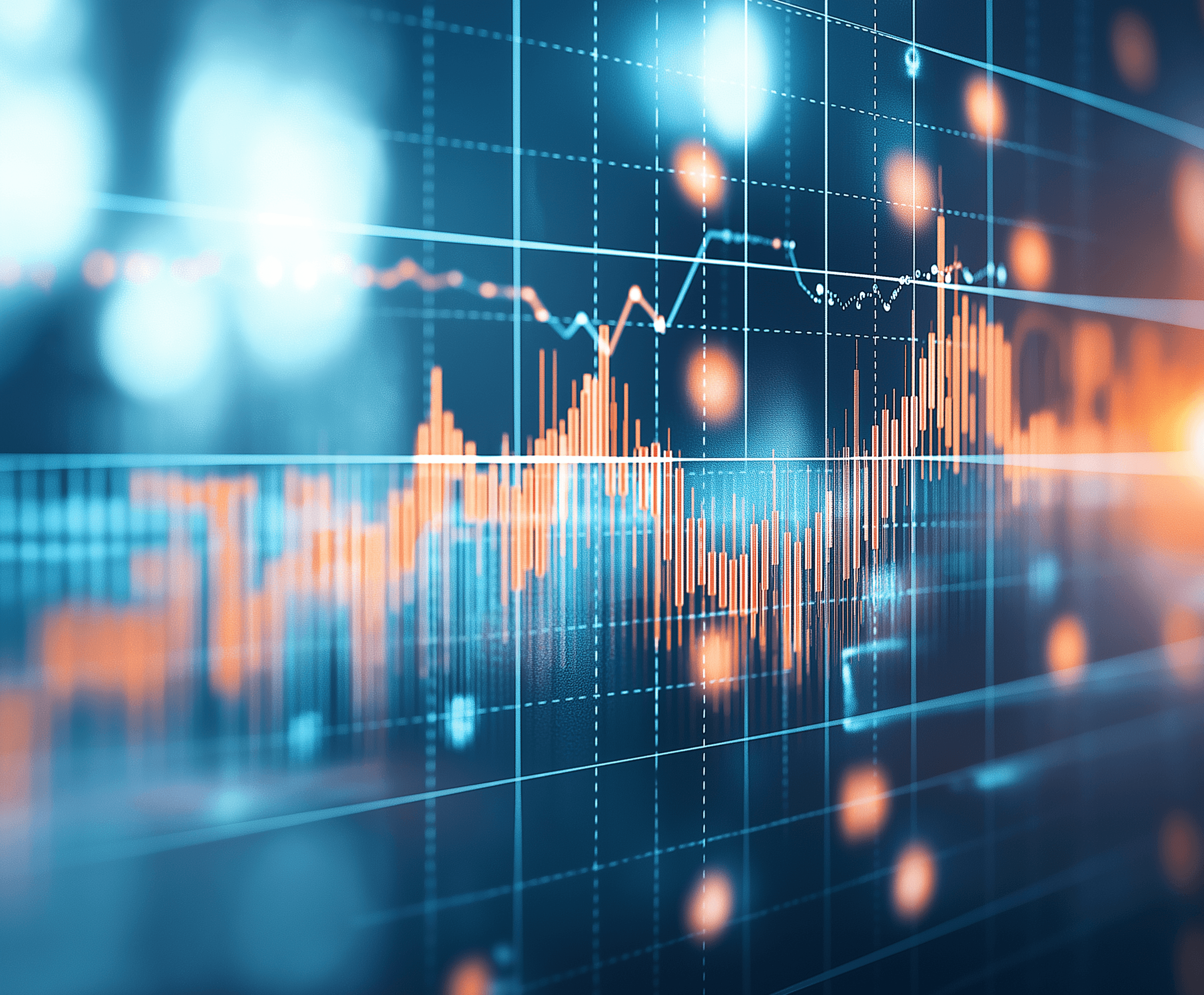Unlocking the Power of Predictive Analytics for Smarter Decision-Making
In today’s fast-paced business environment, making informed decisions is critical to staying ahead of the competition. One of the most powerful tools available to businesses today is predictive analytics, a branch of artificial intelligence (AI) that uses data, statistical algorithms, and machine learning techniques to predict future outcomes. From forecasting sales to optimizing marketing campaigns, predictive analytics offers valuable insights that allow businesses to plan more effectively and make smarter decisions.
In this article, we’ll explore what predictive analytics is, how it works, and how it can transform your decision-making process.
1. What is Predictive Analytics?
Predictive analytics involves using historical data to make predictions about future events. It combines AI, data mining, and machine learning to analyze current and past data patterns, allowing businesses to forecast trends, customer behavior, and potential risks.
By identifying patterns and correlations within the data, predictive analytics can help businesses anticipate customer needs, detect potential issues, and improve decision-making across all departments—from marketing to operations.
Example: Retailers can use predictive analytics to forecast sales based on factors like seasonal trends, past purchase history, and economic conditions. This helps them make better decisions about inventory, marketing, and pricing.
2. How Predictive Analytics Works
Predictive analytics works by processing large volumes of data and identifying patterns or trends that may indicate future outcomes. Here’s a breakdown of the key steps involved:
Data Collection: Predictive analytics requires a large amount of historical data to make accurate predictions. This data can come from various sources, such as customer transactions, social media activity, or operational performance.
Data Analysis: AI algorithms then analyze the collected data to identify patterns, correlations, and trends. Machine learning models are often used to refine predictions and improve accuracy over time.
Model Creation: Based on the analysis, predictive models are created. These models use statistical techniques to determine the probability of certain outcomes and provide actionable insights.
Prediction and Action: Finally, the predictive models provide forecasts that businesses can use to make informed decisions. Whether it’s predicting customer behavior or optimizing resource allocation, the insights gained from predictive analytics allow businesses to be proactive rather than reactive.
Example: A financial institution can use predictive analytics to determine the likelihood of loan defaults by analyzing the past behavior of similar borrowers, economic factors, and market conditions. This allows the company to make better lending decisions.
3. Benefits of Predictive Analytics
Predictive analytics offers a range of benefits that can drive smarter decision-making, reduce costs, and enhance performance across your business:
Improved Decision-Making: By providing data-driven insights, predictive analytics helps businesses make more informed decisions. This reduces reliance on guesswork and intuition, leading to better outcomes and fewer mistakes.
Cost Efficiency: Predictive analytics enables businesses to allocate resources more effectively, reducing waste and optimizing spending. For example, a company can predict which products will be in demand, helping them manage inventory more efficiently.
Enhanced Customer Experience: Predictive analytics can anticipate customer needs and preferences, allowing businesses to tailor their offerings and improve customer satisfaction. By delivering personalized experiences, companies can build stronger customer relationships and drive loyalty.
Risk Management: Predictive models can identify potential risks and issues before they occur. This is especially valuable in industries like finance, where anticipating risks such as loan defaults or market downturns can save significant costs and mitigate losses.
Example: Airlines use predictive analytics to forecast ticket demand, allowing them to adjust pricing, optimize flight schedules, and avoid overbooking. This not only improves operational efficiency but also enhances customer satisfaction.
4. Applications of Predictive Analytics Across Industries
Predictive analytics has far-reaching applications across a variety of industries, helping businesses improve processes, customer engagement, and profitability:
Retail: Retailers use predictive analytics to optimize inventory, forecast demand, and personalize marketing campaigns based on customer behavior.
Finance: Financial institutions use predictive models to assess credit risk, detect fraud, and predict market trends.
Healthcare: Predictive analytics is transforming healthcare by helping providers anticipate patient needs, reduce readmission rates, and optimize treatment plans.
Manufacturing: In manufacturing, predictive analytics helps predict equipment failure, optimize supply chain operations, and improve quality control.
Marketing: Predictive analytics allows marketers to anticipate customer preferences, segment audiences, and optimize campaign strategies for better engagement and ROI.
Example: In healthcare, predictive analytics can analyze patient data to forecast the likelihood of chronic diseases or recommend preventative care, improving patient outcomes and reducing healthcare costs.
5. How to Get Started with Predictive Analytics
Implementing predictive analytics in your business doesn’t have to be overwhelming. Here are a few steps to help you get started:
Define Your Goals: Identify the key areas of your business where predictive analytics can have the most impact. Whether it’s improving customer retention, optimizing marketing spend, or reducing operational costs, having a clear goal will guide your efforts.
Gather Quality Data: Ensure that you have access to high-quality, relevant data. The accuracy of your predictions depends on the quality of your data, so it’s essential to clean and organize your data before analysis.
Leverage AI Tools: Invest in AI-powered tools and software that can process and analyze large datasets. These tools will allow you to build predictive models quickly and refine them over time.
Monitor and Adjust: Predictive analytics is not a one-time task. Continuously monitor the performance of your predictive models and adjust them as needed based on new data and changing market conditions.
Example: A marketing team can use predictive analytics to segment their customer base and determine which groups are most likely to convert. By focusing their efforts on high-value leads, they can optimize ad spend and improve campaign performance.
Conclusion: The Power of Prediction
In an increasingly data-driven world, predictive analytics gives businesses the ability to look ahead and make smarter decisions. By leveraging AI and machine learning, you can gain insights that were previously unattainable, helping you anticipate customer needs, optimize operations, and reduce risks.
Whether you’re looking to improve marketing performance, streamline operations, or enhance customer experience, predictive analytics is a game-changing tool that can drive growth and give your business a competitive edge.



